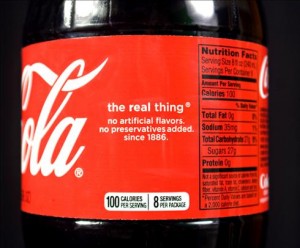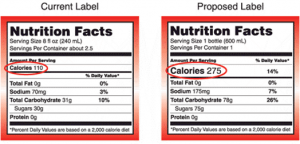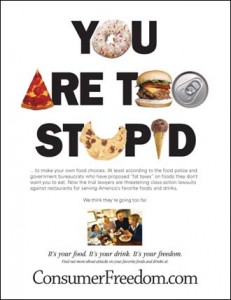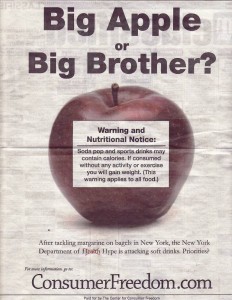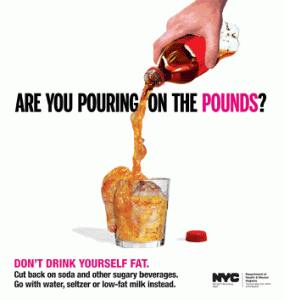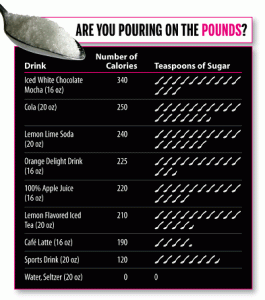I greatly admire the work of Jared Diamond. His book, Guns, Germs, and Steel: The Fate of Human Societies, is as clear an explanation as you will ever get of how the inequitable distribution of favorable geography, climate, and natural resources affects the development and maintenance of human societies.
But here he is, incredibly, in the Sunday New York Times writing a fan letter to corporate social responsibility for protecting those favorable environments. He writes:
There is a widespread view, particularly among environmentalists and liberals, that big businesses are environmentally destructive, greedy, evil and driven by short-term profits. I know — because I used to share that view. But today I have more nuanced feelings…I’ve discovered that while some businesses are indeed as destructive as many suspect, others are among the world’s strongest positive forces for environmental sustainability.
And which corporations does he include as “strongest positive forces?” Chevron, Walmart, and Coca-Cola. I’ll leave discussion of Chevron and Walmart to others, but Coca-Cola?
Coca-Cola, Diamond says, is protecting the world’s water supplies. The company needs clean water in the 200 countries in which it operates. This, says Diamond:
compels it to be deeply concerned with problems of water scarcity, energy, climate change and agriculture. One company goal is to make its plants water-neutral, returning to the environment water in quantities equal to the amount used in beverages and their production. Another goal is to work on the conservation of seven of the world’s river basins, including the Rio Grande, Yangtze, Mekong and Danube — all of them sites of major environmental concerns besides supplying water for Coca-Cola. These long-term goals are in addition to Coca-Cola’s short-term cost-saving environmental practices, like recycling plastic bottles, replacing petroleum-based plastic in bottles with organic material, reducing energy consumption and increasing sales volume while decreasing water use.
Please note the future tense. These are things Coke says it plans to do. As for what the company is doing now, Diamond does not say. His piece does not mention Coke’s negotiating with officials in developing countries to buy water at rates significantly below those charged to local communities, a topic under much discussion when I was in India last year. It does not mention campaigns in India to hold Coke accountable for its abuse of local water rights or any of the similar campaigns in other countries.
Diamond’s piece does not talk about the efforts Coke puts into selling bottled water at the expense of local water supplies. As described by Elizabeth Royte in her book, Bottlemania, companies like Coke exhibit every one of of the characteristics formerly deplored by Diamond in attempting to secure plentiful and reliable sources of cheap local water: in his words, “environmentally destructive, greedy, evil and driven by short-term profits.”
Diamond says he sits along side and has gotten to know and appreciate the motives of many corporate executives. Me too. Personally, many of them mean well and wish that they could do more to be socially responsible. But they work for businesses that are required, by law, to make short-term profit their reason for existence. This means that corporate social responsibility is necessarily limited to actions that bring visible – and immediate – returns on investment.
We need some critical thinking here. If Diamond gave any thought at all to what Coca-Cola produces – bottled water and sodas – he would surely have to agree that less of both would be good for our own health and that of the planet.

